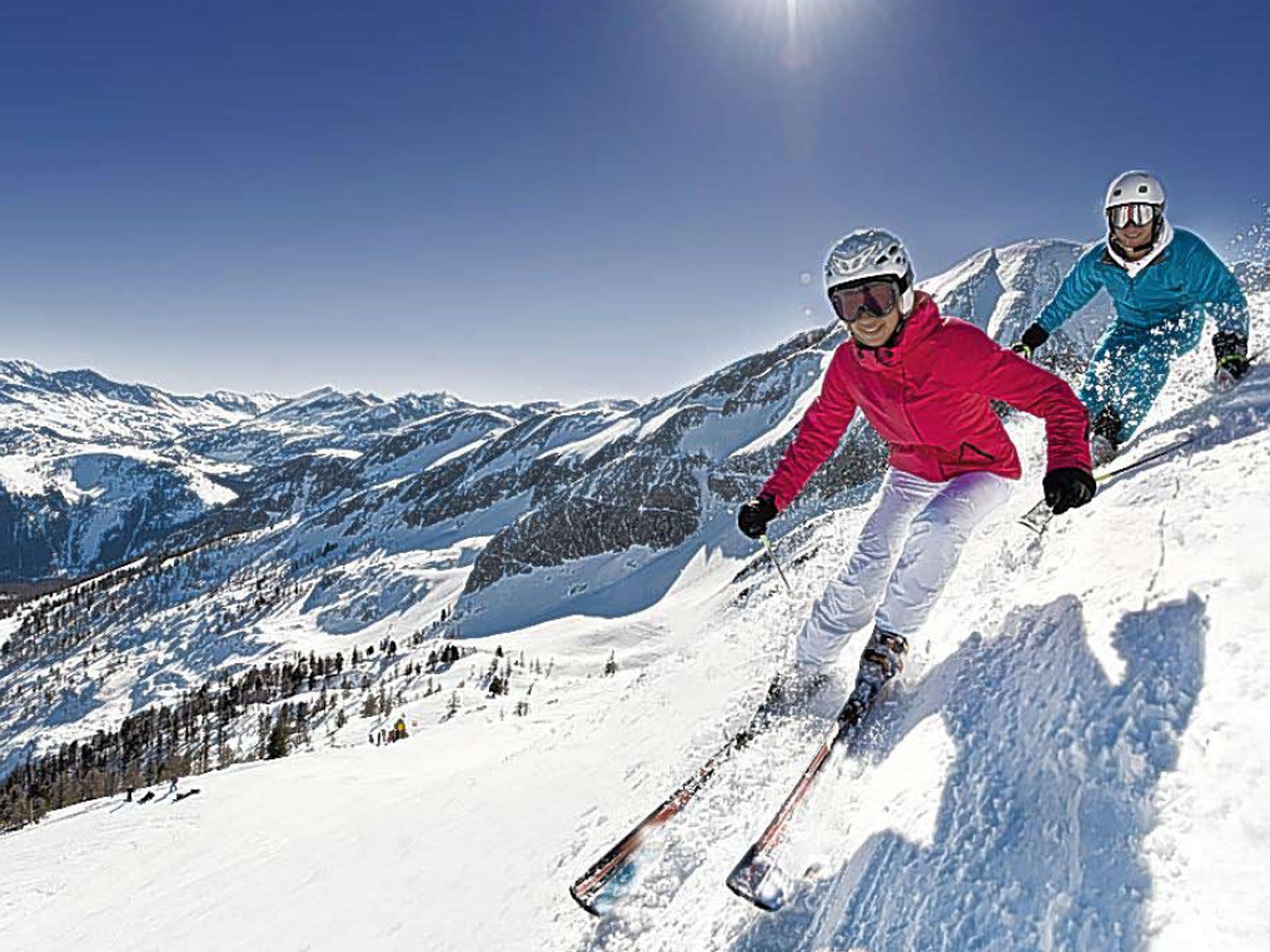Safety first means ski helmets are on the rise
The man who skis all day

Your support helps us to tell the story
From reproductive rights to climate change to Big Tech, The Independent is on the ground when the story is developing. Whether it's investigating the financials of Elon Musk's pro-Trump PAC or producing our latest documentary, 'The A Word', which shines a light on the American women fighting for reproductive rights, we know how important it is to parse out the facts from the messaging.
At such a critical moment in US history, we need reporters on the ground. Your donation allows us to keep sending journalists to speak to both sides of the story.
The Independent is trusted by Americans across the entire political spectrum. And unlike many other quality news outlets, we choose not to lock Americans out of our reporting and analysis with paywalls. We believe quality journalism should be available to everyone, paid for by those who can afford it.
Your support makes all the difference.When actress Natasha Richardson died in March 2009 after hitting her head on an icy ski slope in Canada, it sent an unequivocal message of the desirability of wearing a ski helmet – because she wasn't. The lesson of Michael Schumacher's recent accident is not so clear. True, Schumacher's French surgeon did say that without a helmet the former motor-racing World Champion might not have survived long enough to receive medical attention, but the incident also offered ammunition to those who have reservations about ski helmets.
Some in the ski community, for example, argue that there needs to be more quality testing and impact simulation for ski helmets. Others are concerned that a helmet's effectiveness can be compromised when a camera is fitted to it. And proponents of what is called the "risk compensation theory" argue that helmets may cause accidents because of the false sense of security they instil in risk-takers.
What keeps these arguments circulating is the fact that ski helmets have not proved to be statistically effective. In the US, surveys conducted by the country's National Ski Areas Association (NSAA) show the proportion of skiers and boarders wearing helmets climbing from 25 per cent in 2002/3 to 70 per cent last season. Yet during the same period, in which skier numbers have remained fairly consistent, the NSAA says "there has been no significant reduction in fatalities" (though last season's 25 deaths in US ski areas was way down the 10-year average of 39.6).
Nevertheless, in such a litigious country as the US, ski areas need to make a show of keeping their customers safe. So children are commonly required to wear helmets by resorts, and sometimes by the state: both New Jersey and California have passed legislation to that effect. Adults are generally allowed to do what they want; only across the Canadian border, in the province of Nova Scotia, does the law demand that skiers and boarders of all ages wear helmets.
But this season one US ski destination has the same requirement: only guests with helmets are allowed on to the slopes of Powder Ridge in Connecticut. "Not a typical ski resort," according to its CEO, Sean Hayes, Powder Ridge had been closed for six seasons but has re-opened as what Hayes describes as "an adventure park: one-third of the mountain is devoted to racing, another is a terrain park, and the remaining third is for beginners." For certain activities, helmets are essential, and rather than police the slopes, Hayes decided that wearing them should be mandatory. "We push the limits here with what the kids do, and we want their mums and dads to feel comfortable about that, and not have to worry."
Is everybody happy with the helmet requirement? Apparently not. "Some season-passholders have asked for refunds," Hayes says, "and we have gladly given them."
Join our commenting forum
Join thought-provoking conversations, follow other Independent readers and see their replies
Comments